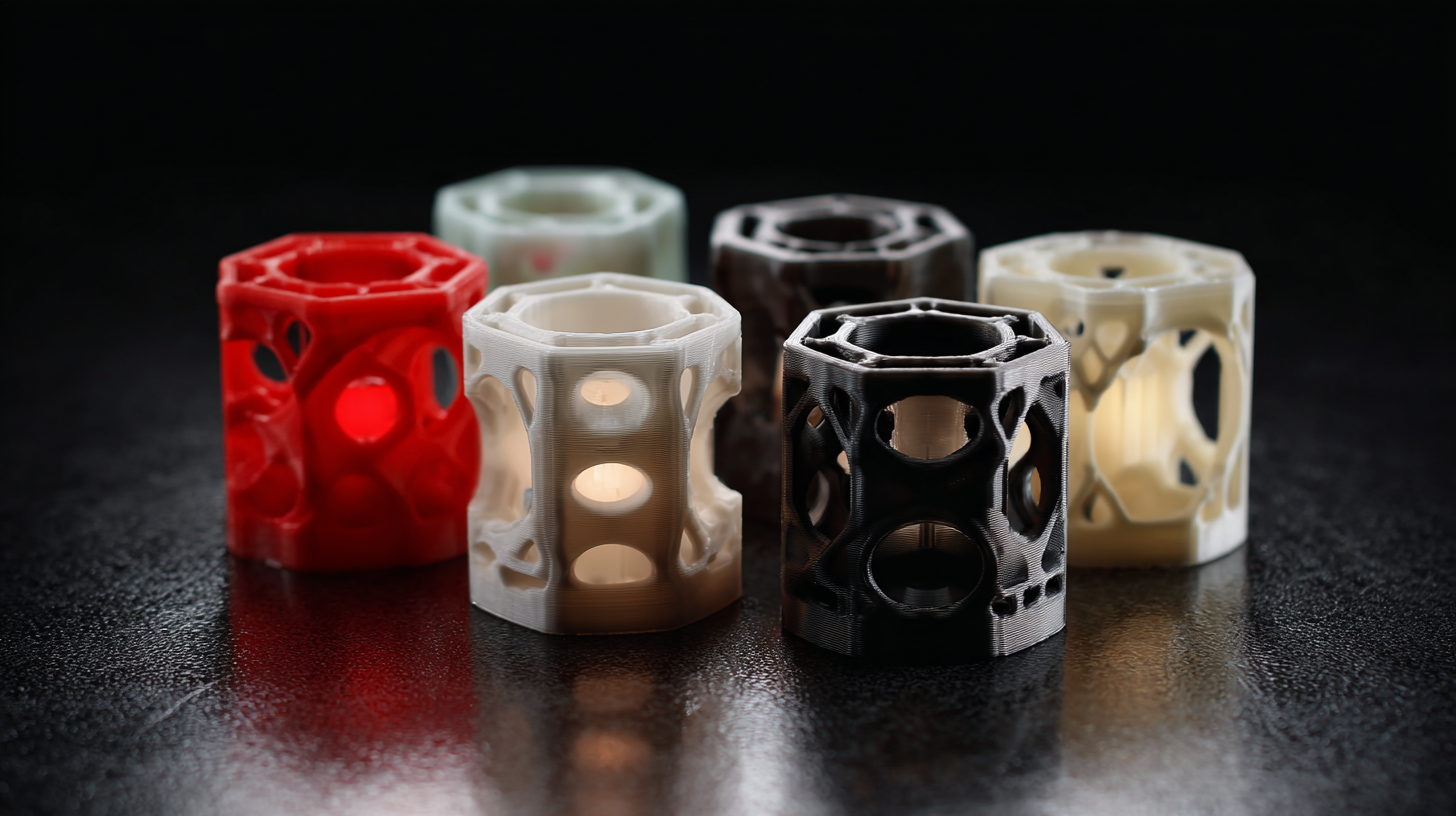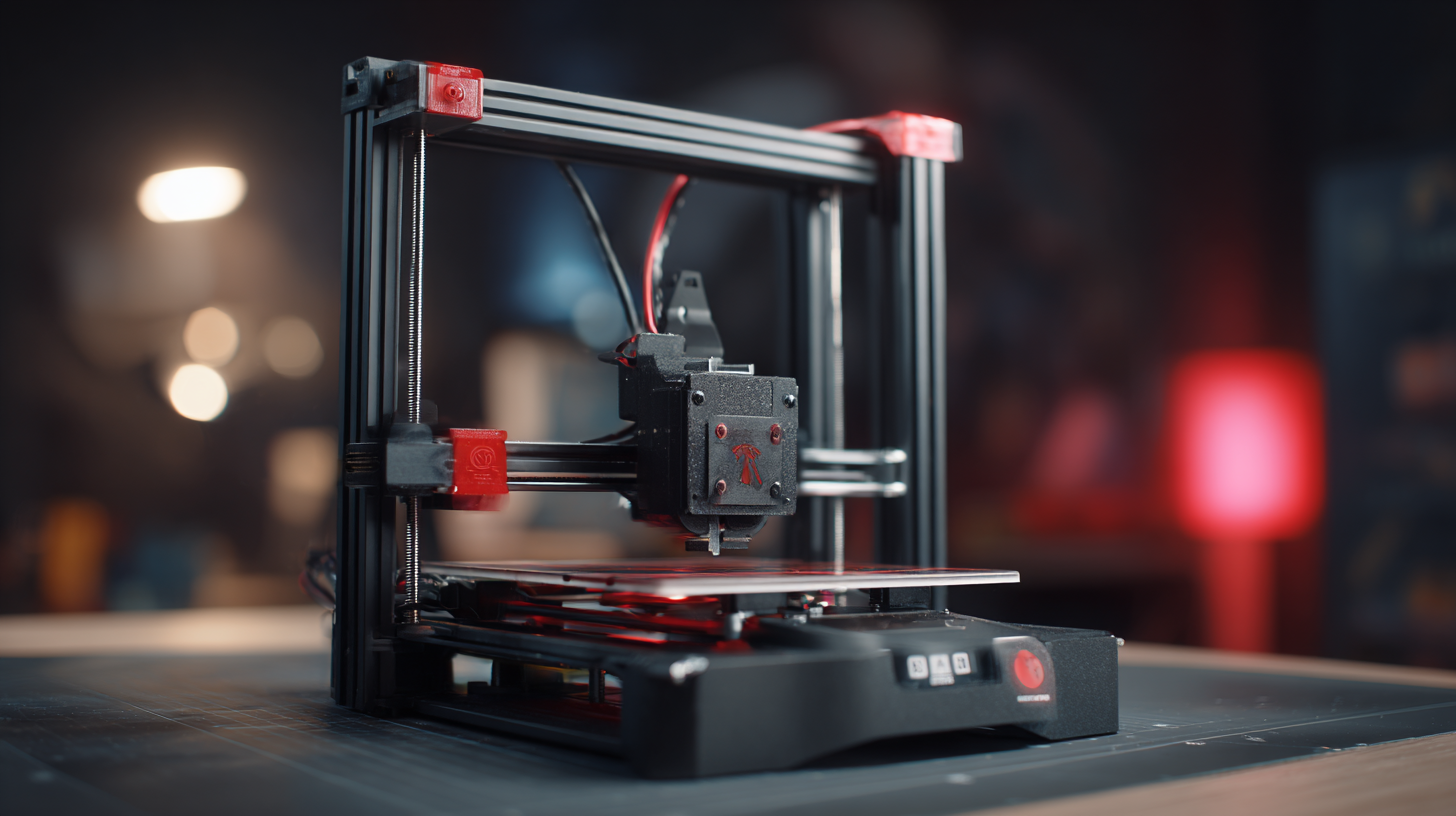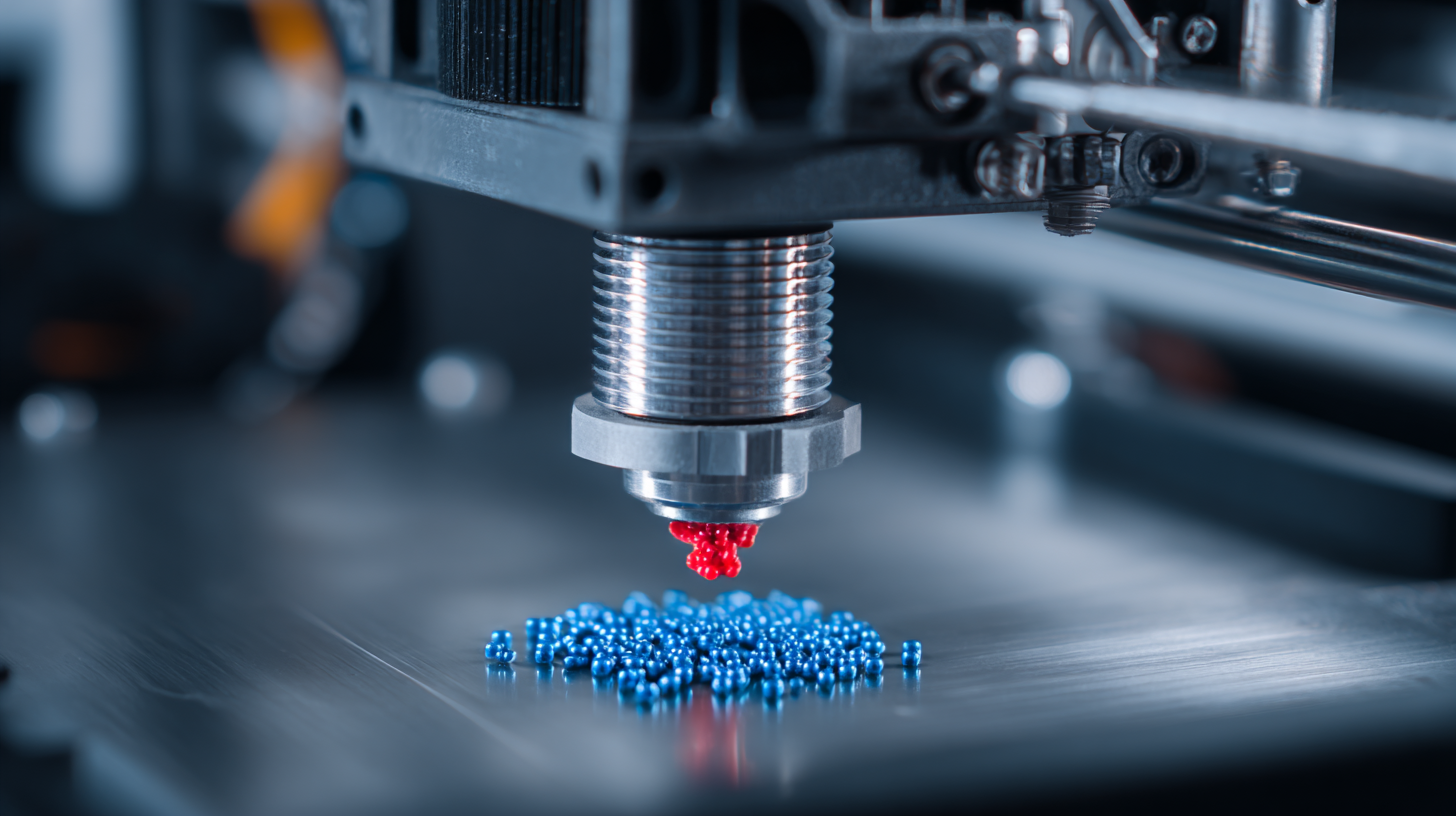Unlocking Innovation: Advantages of the Best 3D Printing Materials for Your Projects
In today's rapidly evolving technological landscape, the integration of 3D printing materials has become a cornerstone for driving innovation across various industries. As businesses and creators seek to push the boundaries of design and functionality, the choice of materials plays a crucial role in determining the success of their projects. From enhancing product durability to enabling complex geometries and efficiencies in production, the best 3D printing materials not only offer superior performance but also unlock new possibilities. This blog delves into the key advantages of selecting high-quality 3D printing materials for your ventures, exploring reasons why making the right material choice can lead to groundbreaking results and propel your projects to new heights. Whether you are a seasoned professional or a curious novice, understanding these benefits will empower you to make informed decisions that resonate with your innovative aspirations.

Exploring the Unique Properties of Various 3D Printing Materials
When it comes to 3D printing, the choice of material can significantly impact the outcome of your project. Different materials offer unique properties that cater to various applications, from prototyping to functional parts. For instance, PLA (Polylactic Acid) is well-known for its ease of use and environmentally friendly nature. It boasts a low melting point, making it ideal for beginners, while also producing high-quality prints with vibrant colors. Its biodegradable properties make it a sustainable choice for projects that prioritize environmental impact.
Conversely, for projects requiring durability and heat resistance, materials like ABS (Acrylonitrile Butadiene Styrene) or Nylon come into play. ABS is popular in industrial applications due to its toughness and resistance to impact, while Nylon offers excellent strength-to-weight ratio and flexibility. Moreover, specialty filaments like TPU (Thermoplastic Polyurethane) provide unique benefits for applications needing elastic properties, such as grips or seals. Each material has distinct characteristics, enabling designers and engineers to unlock their creativity and optimize functional performance across diverse projects.
Unlocking Innovation: Advantages of the Best 3D Printing Materials
This chart illustrates the material strength (in MPa) of various 3D printing materials, highlighting the advantages of each material for different projects.
Ideal Applications for Common 3D Printing Materials in Different Industries
When it comes to 3D printing, the choice of material can significantly impact the success of your project. Different industries leverage various materials tailored for specific applications. For example, ABS plastic is widely used in the automotive sector for prototyping and manufacturing complex components due to its durability and impact resistance. Its ability to withstand heat makes it an excellent choice for parts that require strength and stability in demanding environments.

In the medical field, biocompatible materials like PLA and Nylon are favored for creating surgical models and implants. These materials not only meet health and safety standards but also offer precision and flexibility that are crucial in patient-specific applications. Furthermore, in the aerospace industry, lightweight materials such as carbon fiber-reinforced composites are increasingly utilized, enabling the production of high-strength components that minimize overall weight while maintaining structural integrity. By understanding the ideal applications for various 3D printing materials, professionals can unlock new levels of innovation in their respective fields.
Comparative Analysis: Choosing the Right Material for Your Project Needs
Choosing the right material for your 3D printing project is crucial to unlocking the full potential of innovation. Each material offers distinct properties that can significantly influence the final output. For instance, PLA (Polylactic Acid) is renowned for its ease of use and eco-friendliness, making it a popular choice for prototypes and educational projects. In contrast, ABS (Acrylonitrile Butadiene Styrene) is favored for its strength and heat resistance, ideal for functional parts that require durability.
Another option to consider is PETG (Polyethylene Terephthalate Glycol), which combines the benefits of PLA and ABS, offering exceptional clarity and flexibility while being resistant to impact and moisture. When selecting a material, it’s essential to analyze the specific requirements of your project—whether you need flexibility, durability, or detail. Understanding each material's mechanical properties, ease of printing, and post-processing capabilities will guide you in making an informed choice, ultimately enhancing the quality and success of your creations.
Step-by-Step Guide: How to Select the Best 3D Printing Material
When selecting the best 3D printing material for your projects, it’s essential to consider factors like strength, flexibility, and temperature resistance. According to a report by Wohlers Associates, the global 3D printing market is expected to reach $34.8 billion by 2024, highlighting the increasing importance of choosing the right materials. For example, thermoplastics such as ABS and PLA are renowned for their ease of use and versatility, making them ideal for prototyping and small-scale manufacturing.
**Tip:** Always evaluate the mechanical properties of the material before committing to it for your project. This includes tensile strength, impact resistance, and thermal stability. For specialized applications, consider materials like Nylon or PETG, which offer enhanced durability and higher resistance to environmental factors.
Additionally, consider the printability of the material. Some filaments require specific settings or printer modifications to achieve optimal results. In a recent survey conducted by 3D Hubs, 63% of printers reported that material selection significantly influenced print success rates. Choosing the right material not only saves time and resources but can also lead to better design outcomes.
**Tip:** Don’t hesitate to consult material datasheets and get feedback from community forums or industry professionals to ensure you're making an informed decision.

Maximizing Innovation: Tips for Leveraging 3D Printing Materials in Design
In the rapidly evolving landscape of design and manufacturing, leveraging the right 3D printing materials can significantly enhance innovation. According to a report by Wohlers Associates, the global 3D printing market is projected to grow to $44.4 billion by 2027, highlighting the increasing reliance on additive manufacturing technologies across industries. By selecting optimal materials, businesses can streamline their workflows, reduce costs, and foster creative solutions tailored to specific project needs.
When it comes to maximizing innovation through 3D printing materials, consider these tips: first, choose materials based on their properties suitable for your application—flexibility, strength, or heat resistance. For example, thermoplastics like ABS and PLA are versatile for prototyping, while specialty polymers such as Nylon or TPU can cater to functional components. Secondly, experiment with advanced materials such as composites or metal-infused filaments for applications that demand higher performance. This approach not only enhances durability but also opens doors to new design possibilities that can set your projects apart.
Engaging with your materials effectively also means understanding their limitations. Utilize simulations in the early stages of design to predict performance outcomes, ensuring that your innovations are both feasible and impactful. By aligning material selection with design objectives, you can push boundaries and redefine what’s possible in your projects.